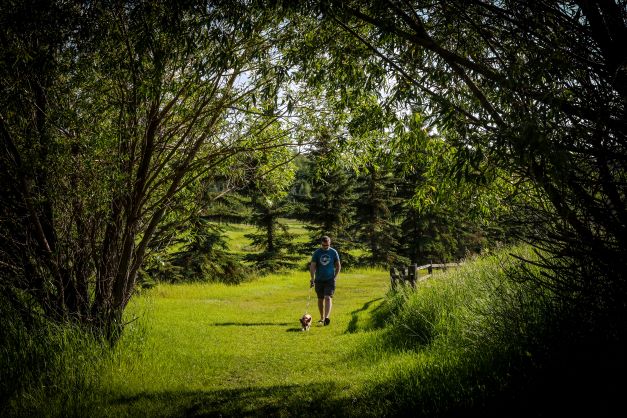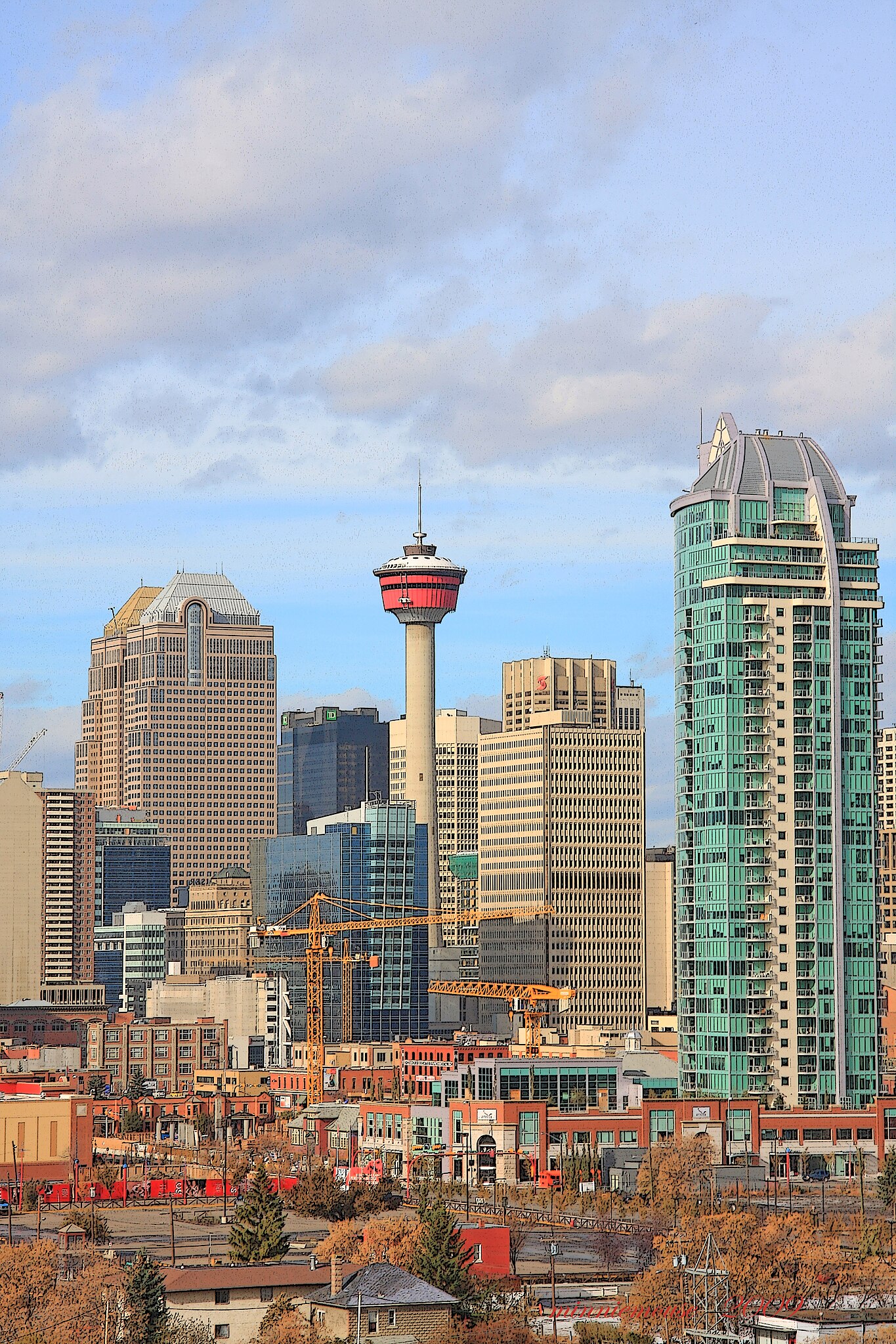The study provides an in-depth analysis of which systems will be damaged by various climate hazards, allowing The City to target climate adaptation measures and make economically sound decisions, in light of staggering non-market costs of climate change.
The Adaptation Plan builds on the work done since the approval of the 2018 Climate Resilience Strategy, and acknowledges current and future climate hazards, describes the impacts the changing climate will have on our city, the risks these impacts pose, and the actions The City, communities and businesses must take to prepare and adapt now to reduce risk and foster climate resilience.
Scope
Community-wide.
Four themes in the Adaptation Plan – People, Built Infrastructure, Natural Infrastructure, Water
Risks
Extreme heat, Wildfire, Drought, River flooding, Severe storms (hail, lightning, high wind), Heavy snowfall, Shifting seasons, Heavy rainfall.
Actions
Four themes and ten focus areas:
1) People (climate resilient communities, managing extreme weather and climate-related events)
2) Built Infrastructure (climate-resilient City-owned infrastructure, climate-resilient homes and privately-owned buildings, climate-resilient utility services)
3) Natural Infrastructure (integrating natural infrastructure value, investing in natural infrastructure)
4) Water (river flood management, stormwater management, water supply and wastewater management)
Social Equity
The impacts of climate change affect all Calgarians; however, adverse impacts of climate change are felt disproportionately by equity-deserving people. As a city, Calgary must ensure we adapt to a changing climate so that no one is left behind in our efforts to address the climate crisis and that all Calgarians are empowered to take climate action.
Guiding principles – Equity and inclusiveness
Integrating equity into climate adaptation planning – The Adaptation Plan has been developed to address equity actions and gaps and seeks to create opportunities or benefits for equity-deserving people and communities in Calgary
While every person in Calgary will be impacted by climate change, some groups are more vulnerable than others and will feel the impacts sooner and more drastically. Vulnerability to climate-related events is influenced by intersecting factors such as access to healthcare, community resources, information, and social supports; systemic social inequities; neighbourhood/geographical location; and access to social and financial capital. People that are more likely to disproportionately face climate impacts can include seniors, youth, individuals with existing health challenges, Indigenous Peoples, racialized communities, women, single-person households, and those who lack the financial resources to prepare for and respond to climate change.
Guiding principles – Indigenous knowledge and reconciliation
Commitment to supporting Indigenous climate adaptation; Ethical space and two-eyed seeing or two-legged walking frameworks
Implementation
Implementation elements – Integrated decision-making, Community engagement, Capacity building, Readiness and timing, Accountability and transparency.
Each focus area includes a program to guide-long term outcomes, and key actions for implementation. Actions include timeline and cost.
Monitoring and reporting – Each focus area includes indicators for monitoring and reporting on progress.


You must be logged in to post a comment.